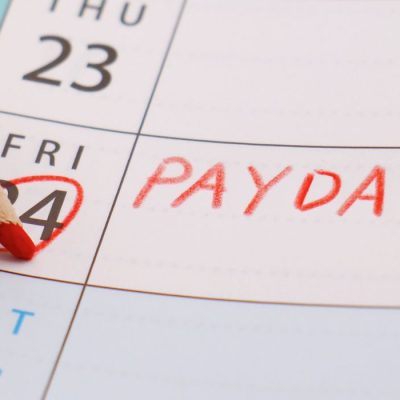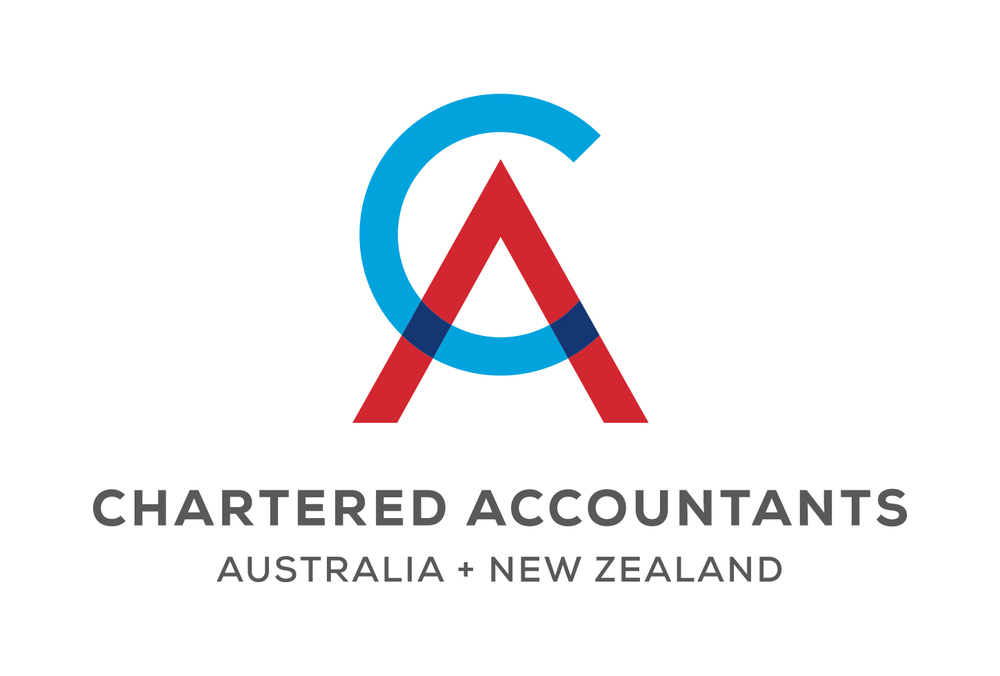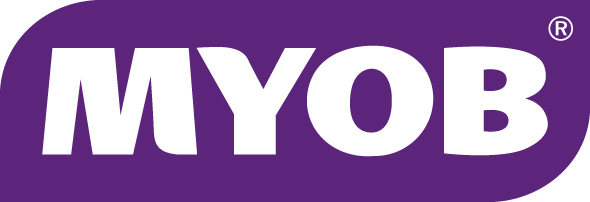The Government has announced significant changes to its proposed Division 296 tax (or “$3M super tax”). These revisions respond to strong industry feedback and will significantly enhance how the rules apply to individuals with super balances exceeding $3 million.
Here’s what you need to know in plain English.
1. Start Date Delayed
The new rules will now start from 1 July 2026, not 2025.
Your super balance as at 30 June 2027 will be used to determine whether the tax applies. If your total super balance is less than $3M by 30 June 2027, Div 296 will not apply to you.
This allows for consultation, better design, and planning.
2. New Tiered Tax Rates Instead of a Flat Charge
The tax will now apply progressively to earnings above certain levels:
- Earnings attributable to the first $3 million in the fund are taxed at the normal 15% rate
- Earnings attributable to $3 million to $10 million in the fund are taxed at 30% on earnings attributable to this band
- Earnings attributable to balances over $10 million in the fund – taxed at 40% on earnings above this level
This replaces the original flat extra 15% tax on all earnings above $3 million.
3. Thresholds Will Be Indexed
Both the $3 million and $10 million thresholds will move over time to stay in line with inflation and the Transfer Balance Cap. This reduces the risk of more people being pulled in just because balances grow naturally.
4. Only Realised Earnings Will Be Taxed
This is a significant improvement.
Under the original proposal, unrealised gains (i.e. increases in value without selling the asset) would have been taxed. Taxing unrealised gains would have been a first for Australia and just about everywhere else in the world, and would have created serious cash flow issues for SMSFs and anyone with property or other illiquid assets. There were also concerns about how subsequent decreases in value would have been treated.
Now, the tax will apply only to realised earnings. Treasury will consult on how this is calculated and attributed to members.
5. Defined Benefit Funds Will Be Treated Equivalently
People with defined benefit pensions/schemes will have the tax applied in a way that gives a similar outcome. Treasury will work through the details with industry.
What This Means for You
These changes represent a significant improvement over the original proposal; however, the tax still applies to individuals with higher super balances.
Key takeaways:
- The rules are not yet law – legislation still needs to be drafted and introduced.
- There’s now more time to plan thanks to the one-year delay.
- The removal of unrealised gains reduces cash flow and liquidity concerns.
- Those with balances above $10 million will still face higher tax rates.
- Clients with illiquid assets or SMSFs should still review their future position.
What You Can Do Now
Even though the law isn’t final, it’s smart to start reviewing implications now. Actions worth considering include:
- Reviewing your super balance and expected earnings
- Modelling what the tax might look like under the new tiers
- Looking at liquidity in your SMSF or fund
- Considering whether investments should be held inside or outside super
- Reviewing estate planning and death benefit strategies
We’re Here to Help
At DFK Everalls and Everalls Wealth Management, we can help you:
- Understand whether these changes are likely to affect you
- Model future tax outcomes
- Plan super and non-super investment strategies
- Prepare for the 1 July 2026 start date with no surprises
If your super balance is approaching or above $3 million — or you’d like a review to see where you stand — now is a good time to talk to us.
Just let us know, and we can guide you through your options.










